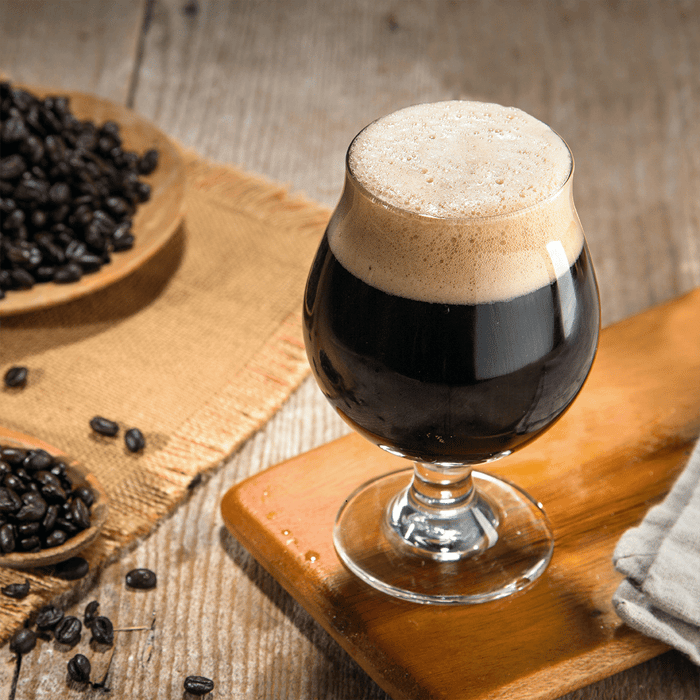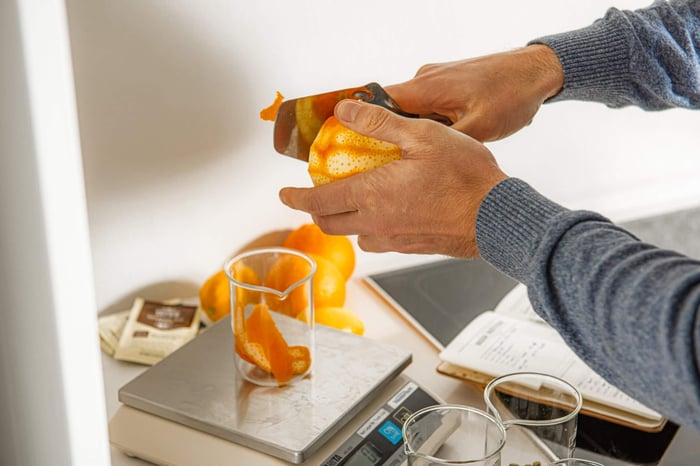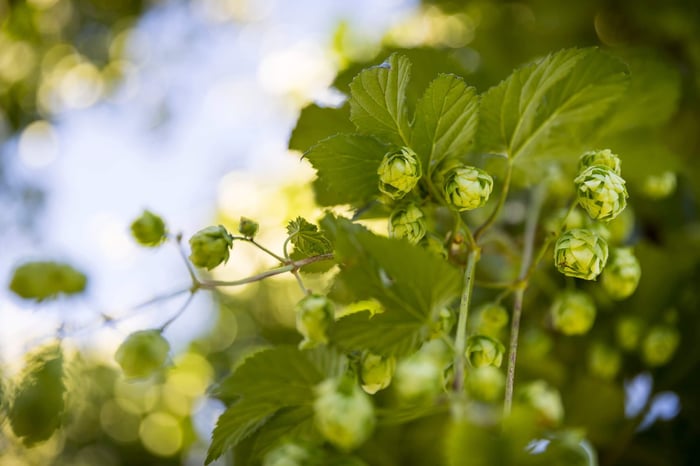Coffee and beer – two of life's greatest pleasures coming together in perfect harmony. This week, we're sharing tried-and-tested techniques for creating exceptional coffee-infused beers that'll have your friends asking for the recipe.
The Inspiration Behind Coffee Beer
Our journey into coffee beer brewing started with a single sip of Founders Breakfast Stout. "That beer completely changed our perspective on what craft brewing could achieve," we explain. "The complex interplay between rich dark chocolate, roasted malt character, and that incredible coffee punch from Sumatra and Kona beans – it was a revelation that launched our own coffee brewing experiments."
While most of our coffee adventures have focused on stouts and darker styles, it was actually a homebrewed coffee lager that opened our eyes to new possibilities. "Picture this: you're expecting a clean, crisp lager, and then – boom! – this beautiful coffee character emerges. There's something incredibly satisfying about surprising people with flavors they never saw coming, especially when it works perfectly."
Choosing Your Beer Style: More Than Just Stouts
The Natural Choice: Dark and Roasty
When most brewers think coffee, they automatically think stout – and for good reason. The flavor profile of a well-crafted stout naturally complements coffee's characteristics. You've got your dark chocolate notes, roasted grain character, hints of dark fruit, and nutty undertones all playing together beautifully. Plus, many stouts already have coffee-like flavors from the malt bill alone, so you're building on an existing foundation.
Pro tip: If you're new to coffee brewing, start with a stout. The complex flavor profile gives you room to experiment without overwhelming the base beer.
The Adventure Zone: Light and Unexpected
Ready for a real brewing challenge? Try adding coffee to a pale beer. It's a complete mind-bender that can create something truly special – think of it as the brewing equivalent of a plot twist that actually makes the story better.
Here's where things get interesting though. Coffee beans pack oils that'll thicken your mouthfeel and can mess with head retention. Plus, that coffee bitterness needs to factor into your recipe calculations. Planning a wheat beer? That gorgeous fluffy white head might not stick around if you're not careful. Working on an IPA? Make sure that coffee bitterness doesn't throw your hop balance out the window.
Lagers and pilsners can be absolutely stunning with coffee, but their delicate flavor profiles mean there's zero room for error – you'll need a light touch and plenty of patience.
Coffee Selection: Your Flavor Foundation
This is where the fun really begins! Coffee isn't just coffee – you've got espresso blends, single origins, flavored varieties, and gourmet options that can completely transform your beer's character. Some coffees even have fruit characteristics that can add incredible complexity to your brew.
Our method: Before you commit to a beer style, brew yourself a cup using your chosen coffee. Taste it black, understand its flavor profile, and let that guide your beer selection. You might discover that the Ethiopian coffee you picked has bright fruit notes that would be incredible in a Belgian-style ale rather than that imperial stout you were planning.
Timing and Technique: When Coffee Meets Beer
The "Dry Beaning" Method
Similar to dry hopping, this involves adding whole coffee beans directly to your fermenter (use a sanitized hop bag for easy removal). It's straightforward and effective, though not necessarily the most efficient extraction method.
Key point: Sample regularly with sanitized equipment. Once you hit your target flavor, rack the beer or remove those beans immediately.
Cold Brew Integration
Many brewers swear by cold steeping – soaking coffee beans in room temperature water for 24-48 hours, then adding the liquid to your fermenter. This method extracts beautiful coffee character without the harsh bitterness you can get from hot brewing methods.
Hot Coffee Addition
You can brew coffee normally, let it cool, and add it during fermentation or before packaging. Hot water extraction is efficient but can pull harsh, overpowering bitter compounds that'll dominate your finished beer.
What NOT to Do
Learn from our mistakes: "Adding ground instant coffee directly to the fermenter is brewing suicide. Trust me on this one – filtering those particles is a nightmare, and nobody wants to pick coffee granules out of their teeth between sips. Some lessons you only need to learn once."
Dialing In Your Coffee Character
There's no magic formula here – it's all about your palate and your goals. If you're adding beans to the fermenter, sample every couple of days until you reach your sweet spot. Adding brewed coffee before packaging? Start small and scale up based on taste tests.
Recommended approach: Take a sample of your finished beer and add measured amounts of your coffee preparation. Once you nail the ratio, scale it up for your full batch.
Your Next Coffee Beer Adventure
Coffee brewing is all about experimentation and pushing boundaries. Every coffee variety, every beer style, every timing choice creates new possibilities. The key is staying curious and being willing to try something completely different.
What coffee experiments are you planning for your next batch? Whether you're playing it safe with a classic coffee stout or venturing into uncharted territory with a coffee kolsch, remember that every great coffee beer started with someone asking, "What if?"
Grainfather Team










